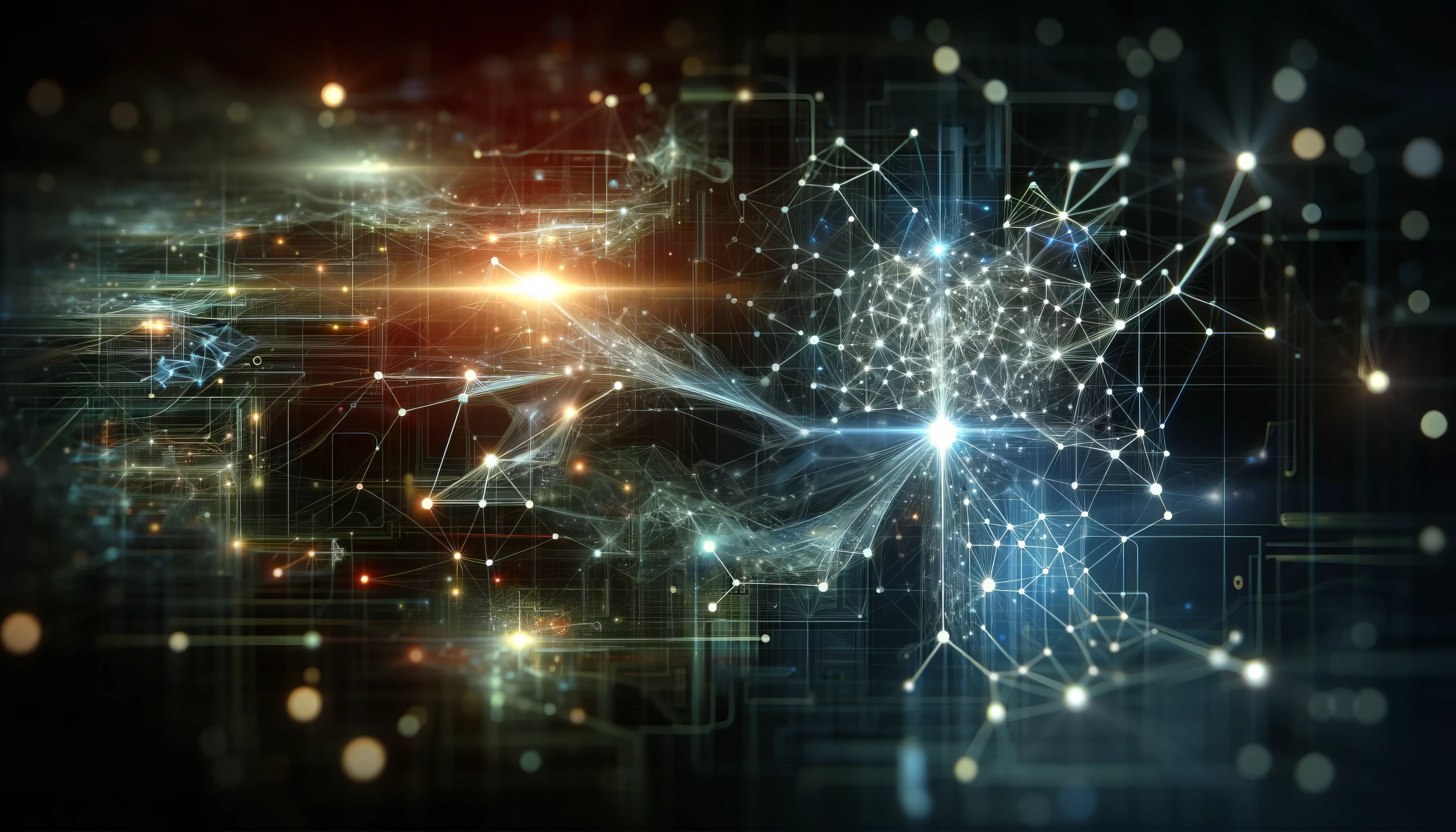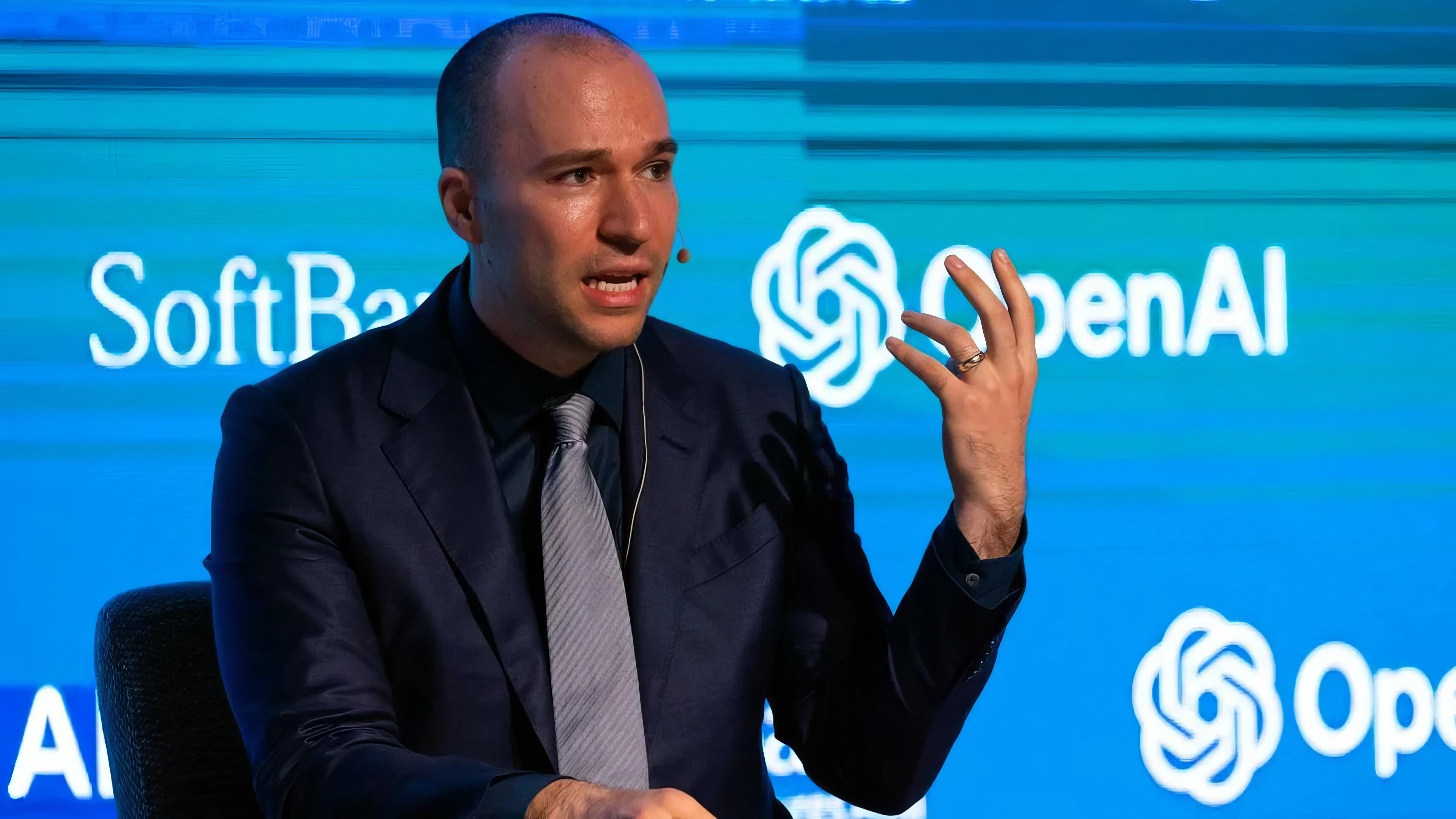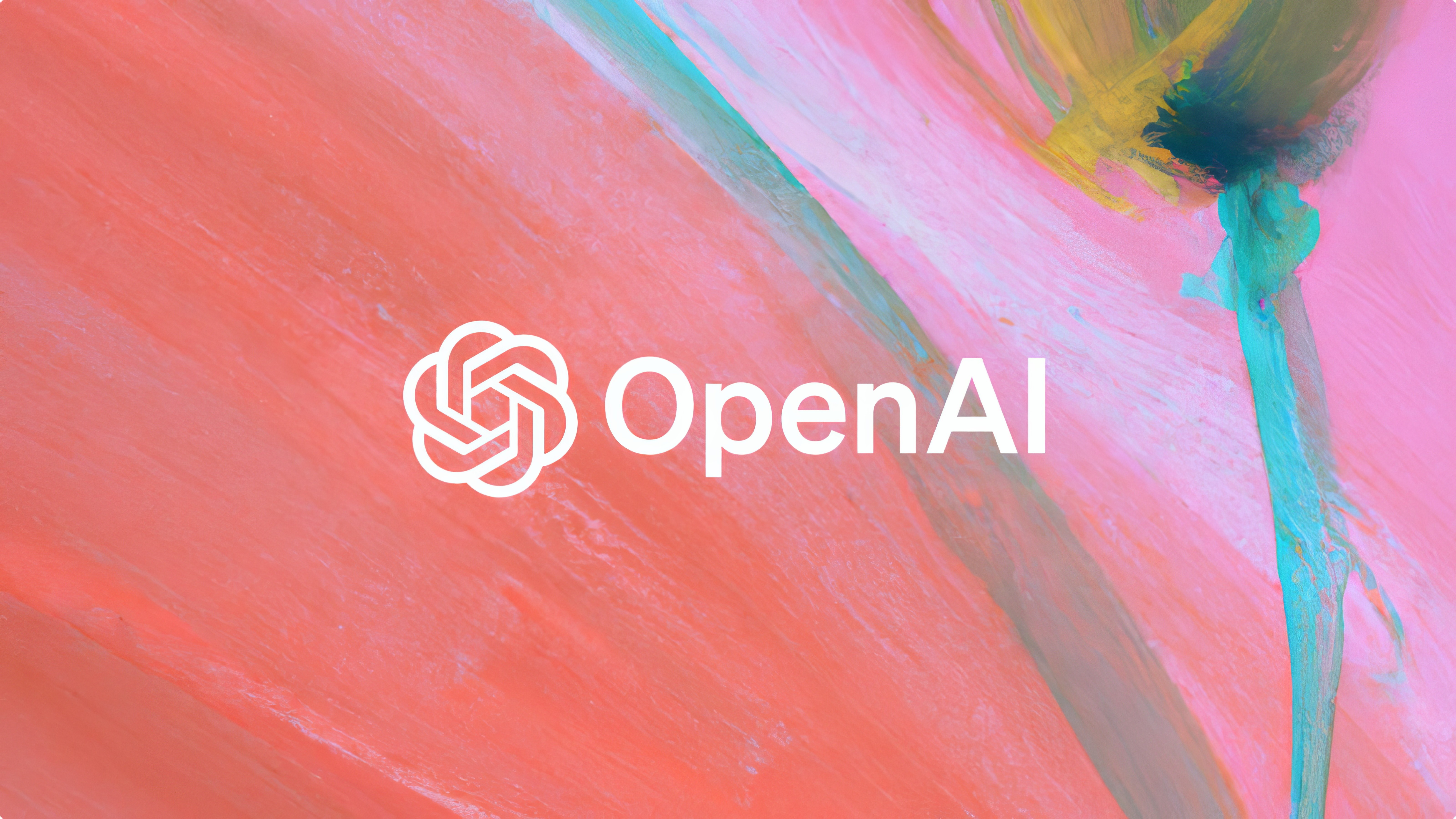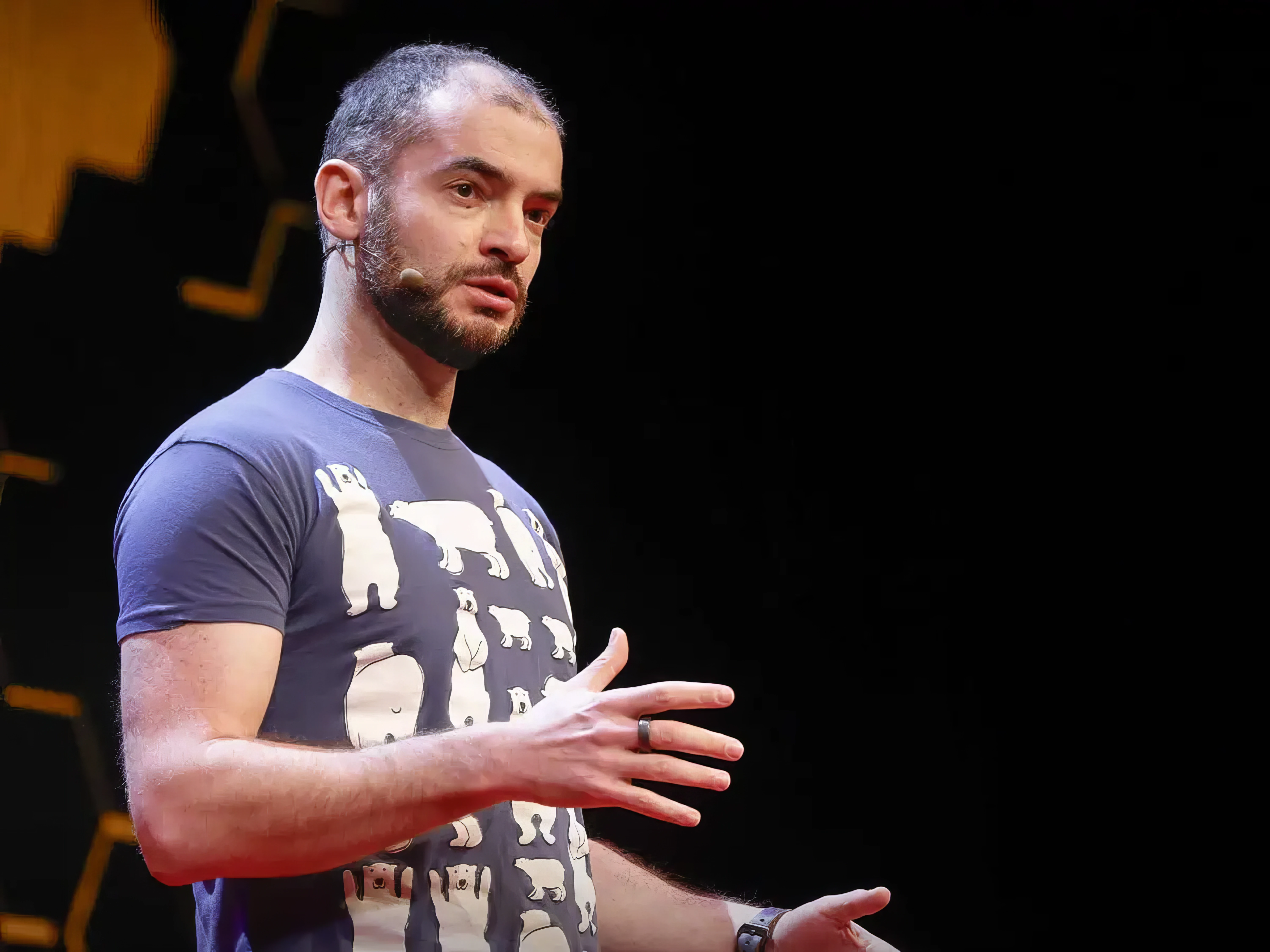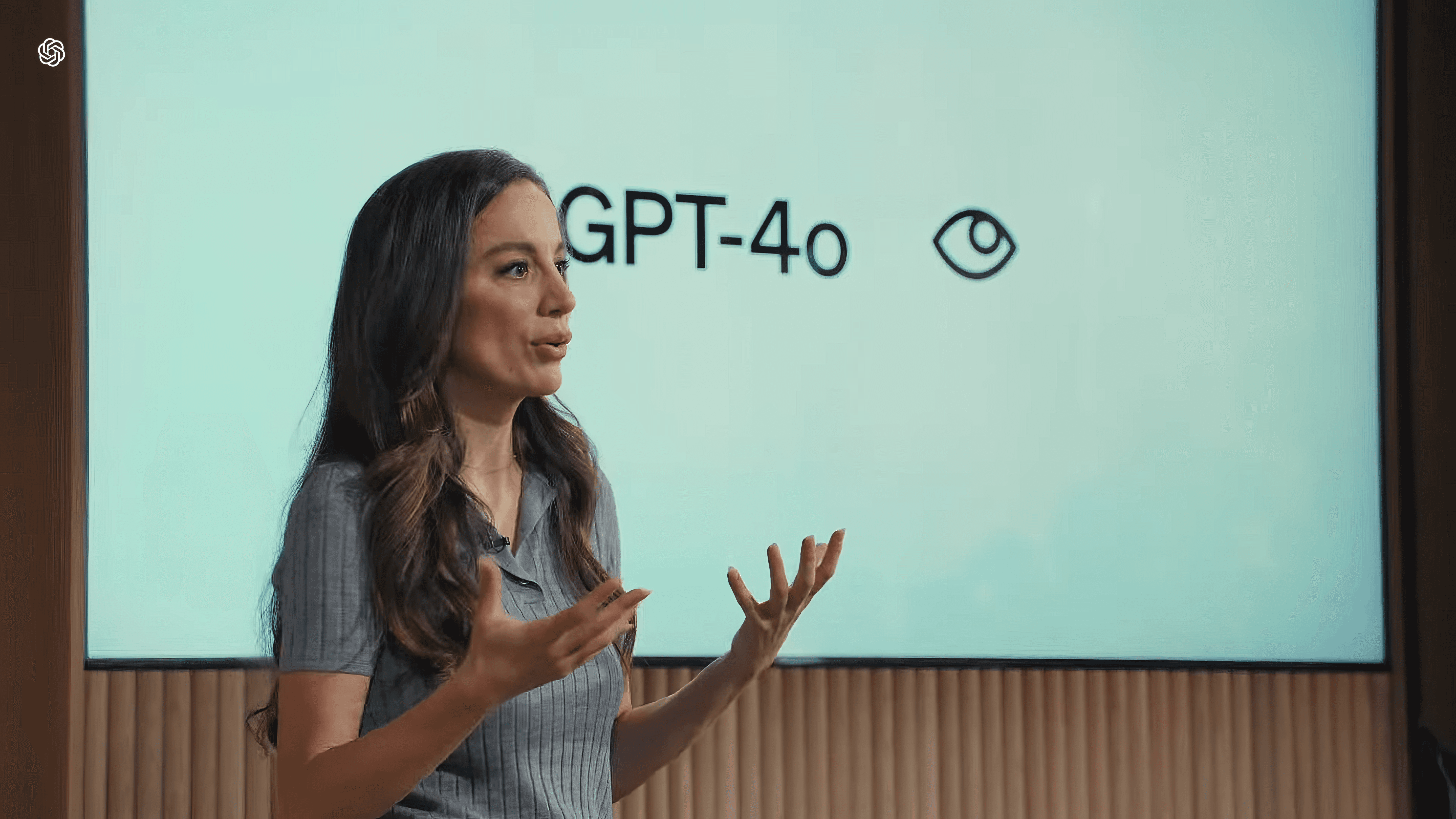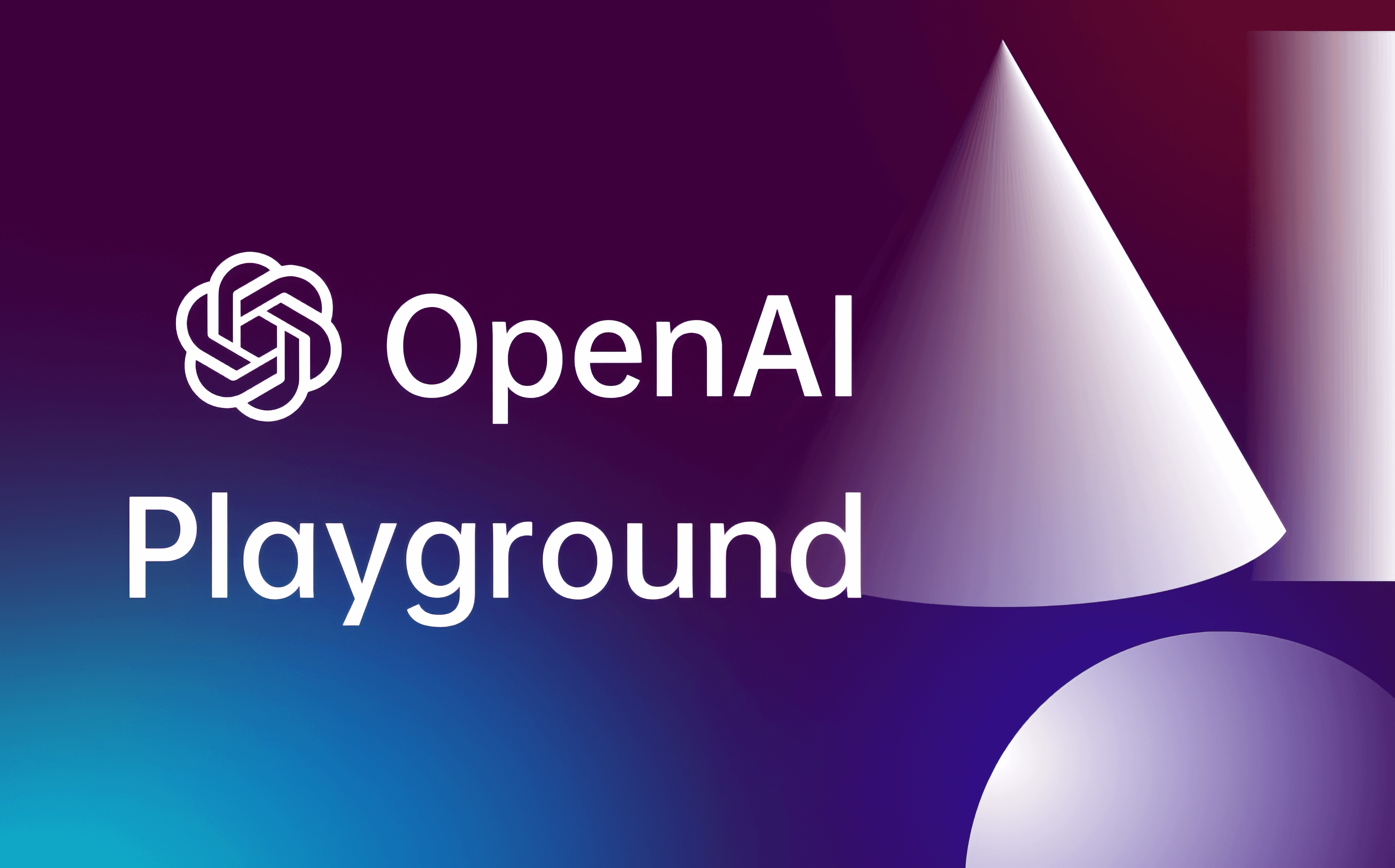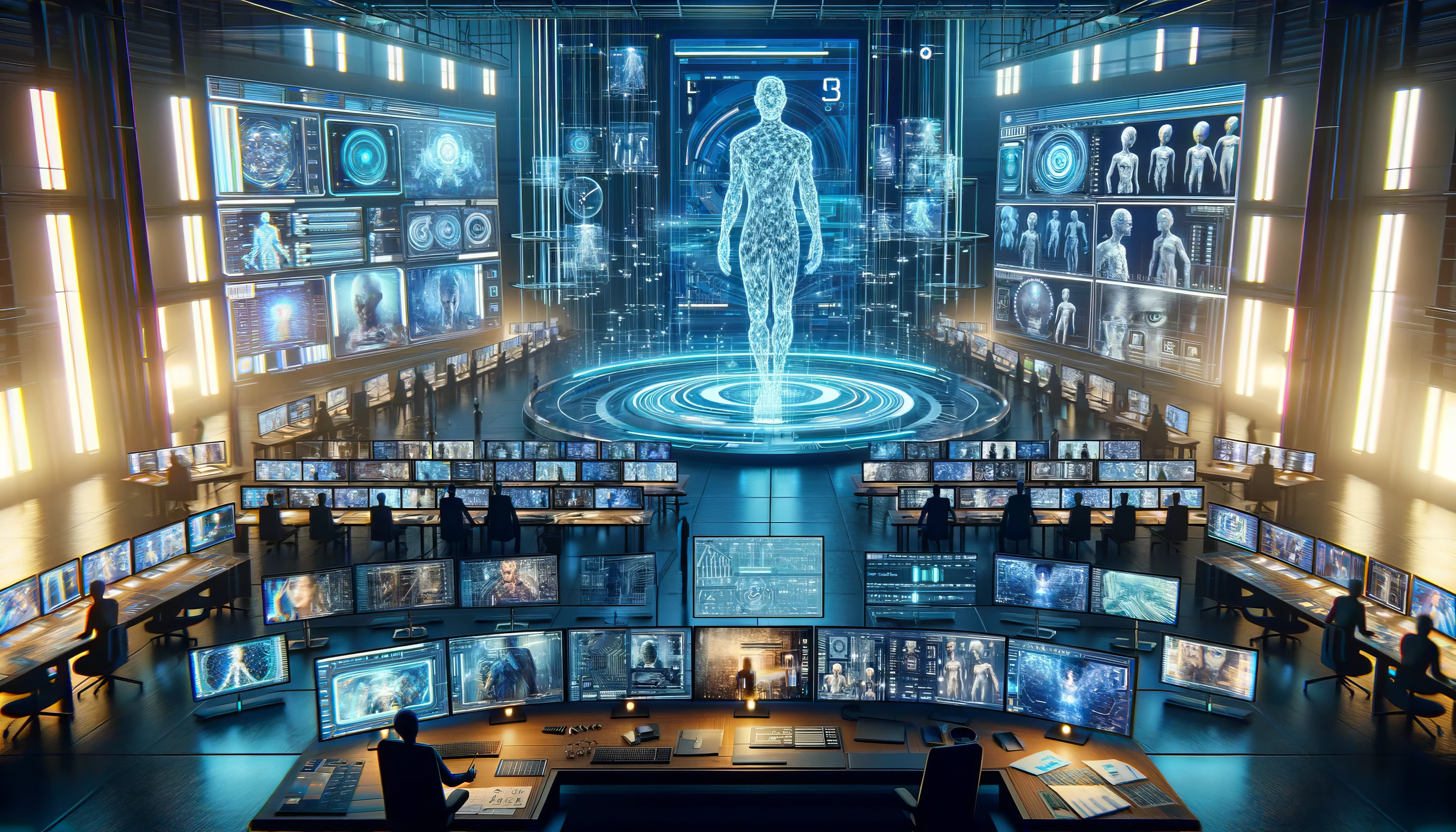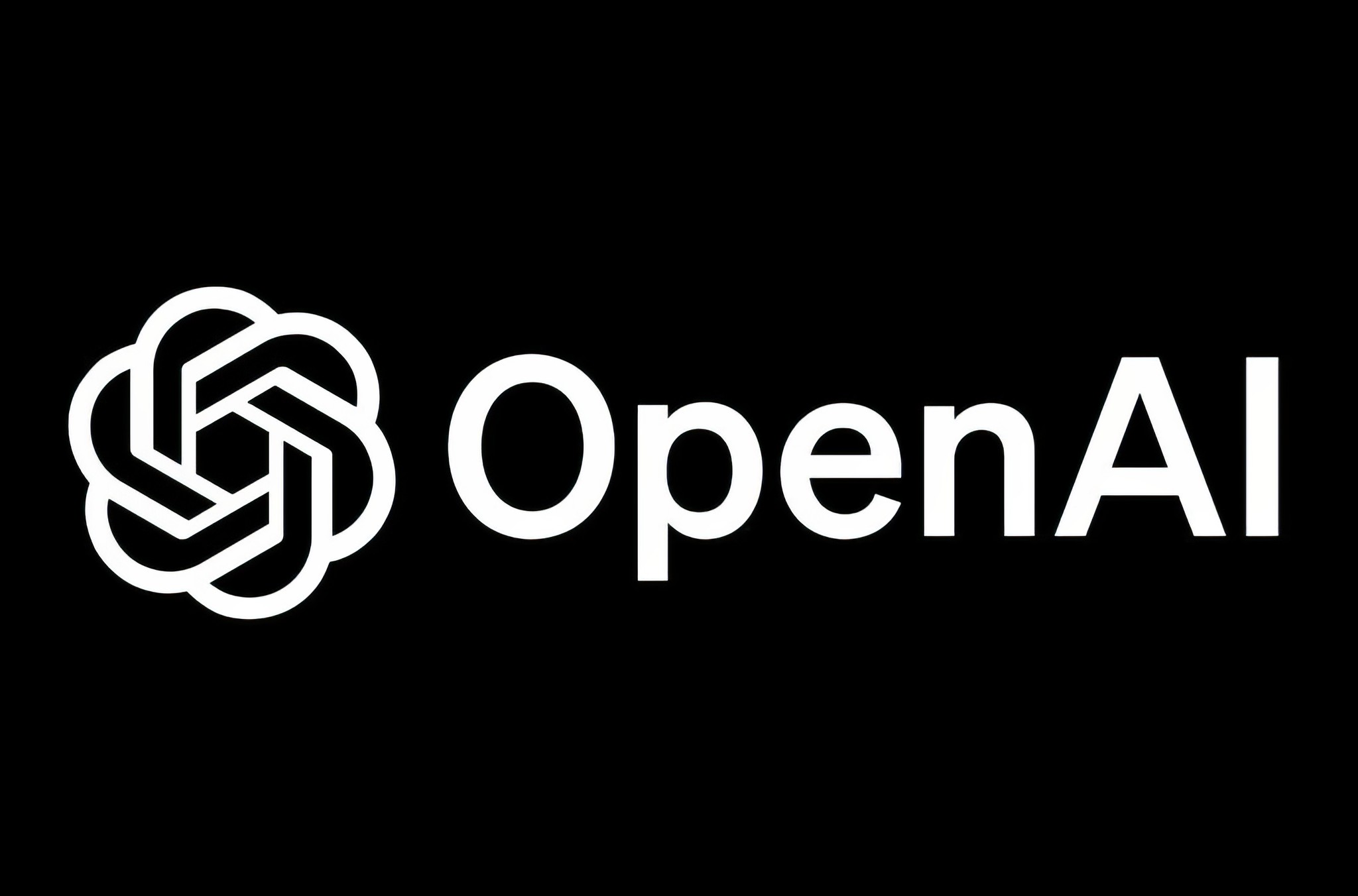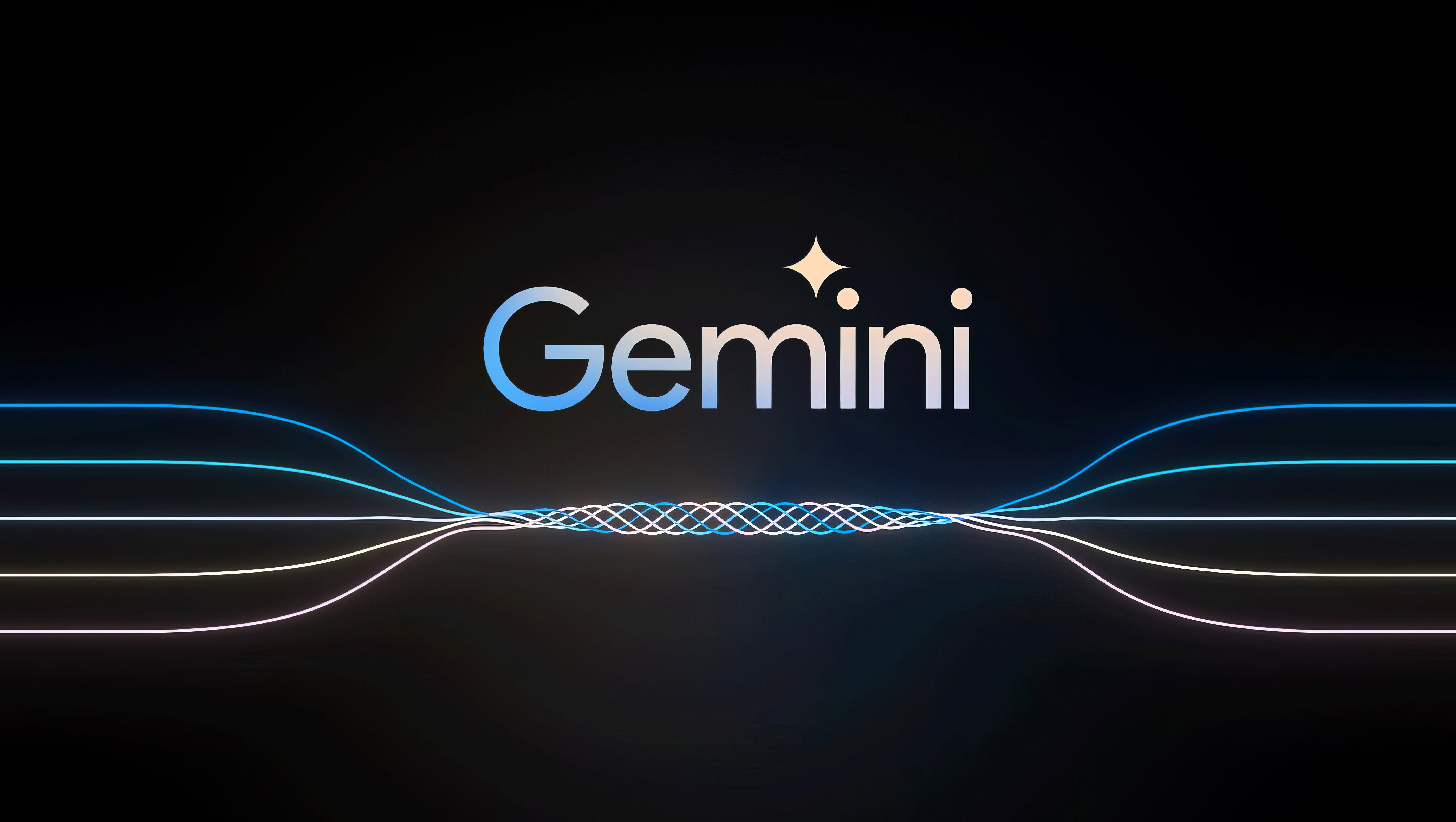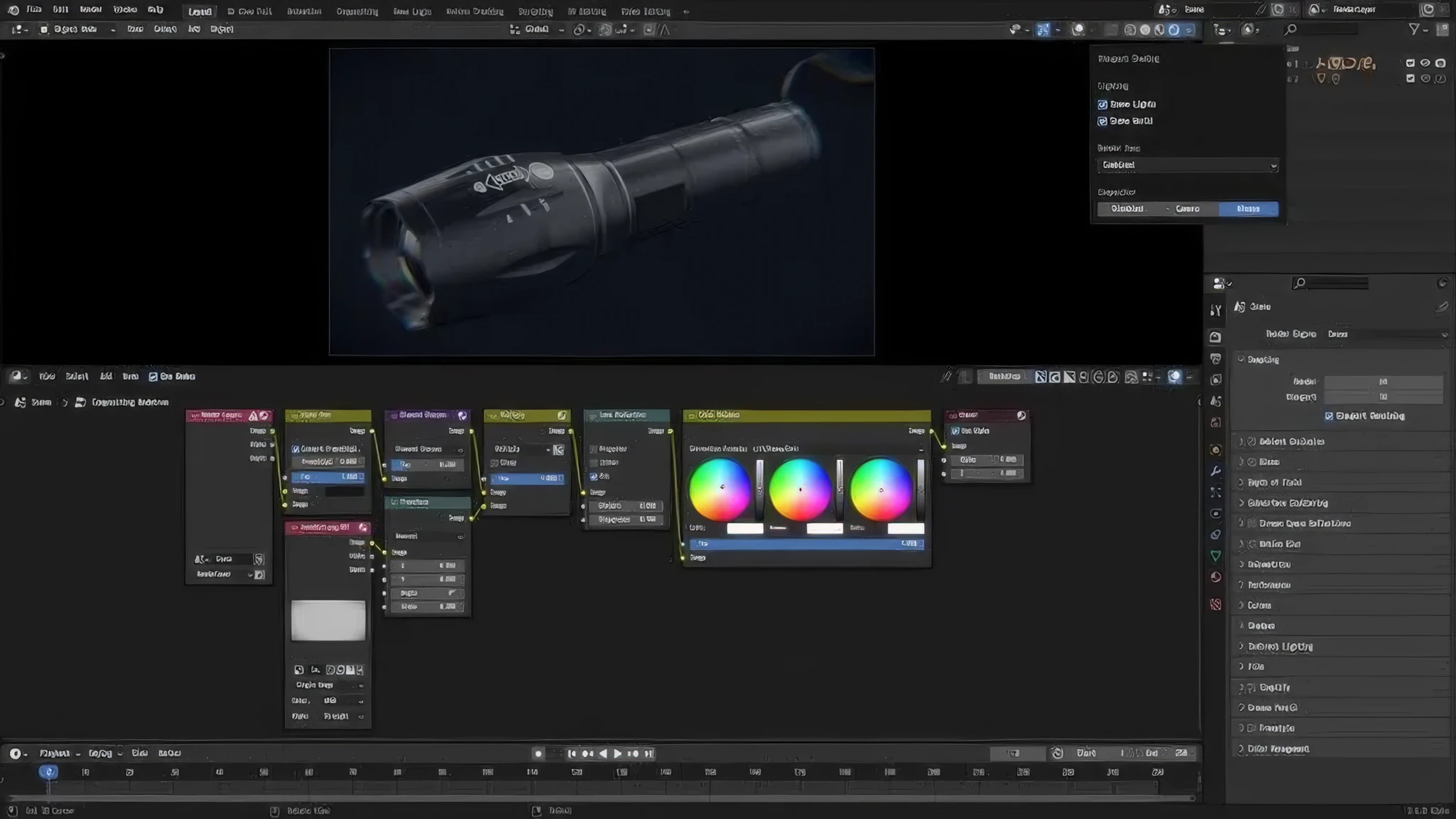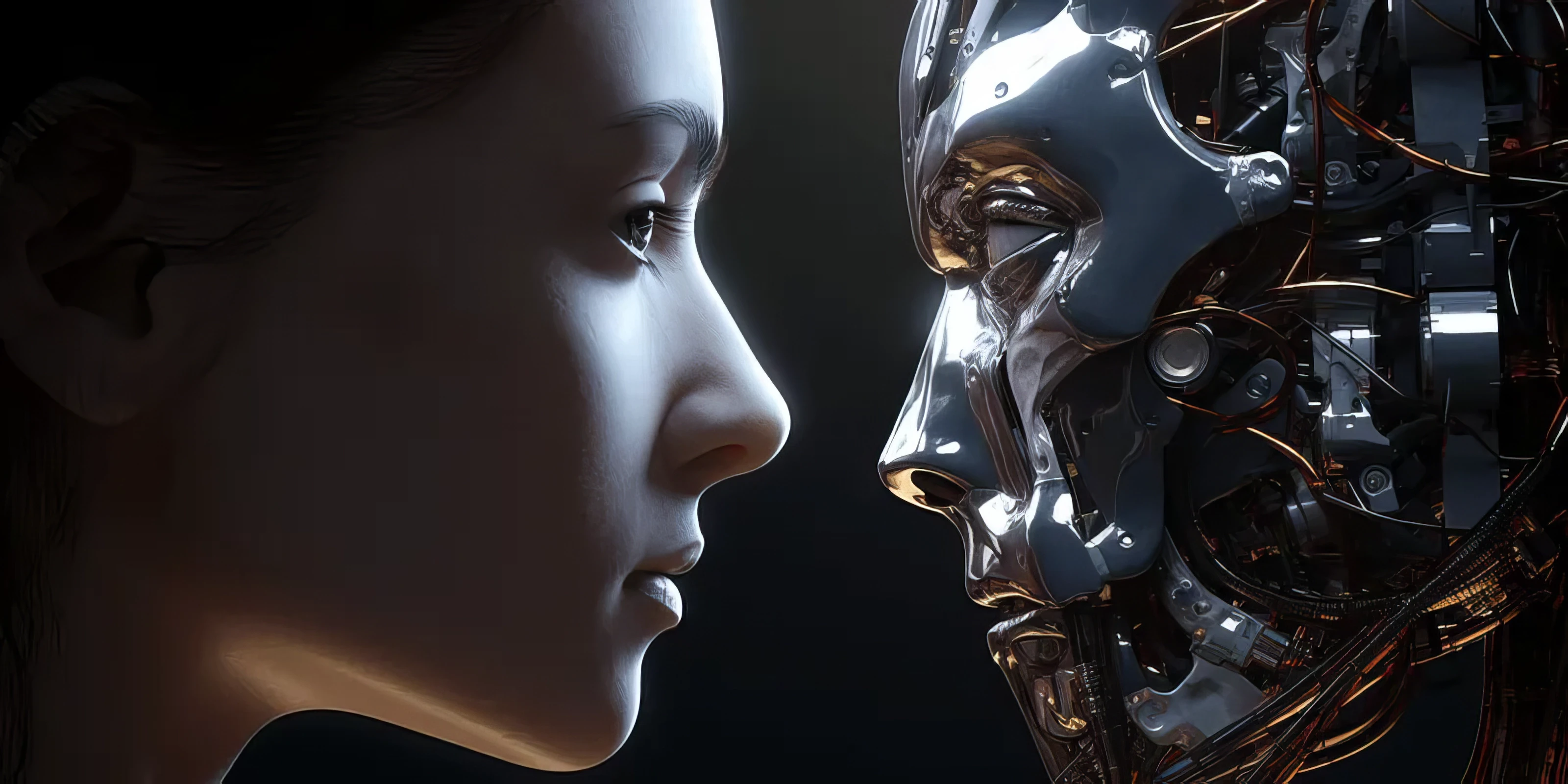[BY]
Dmytro Kremeznyi
[Category]
AI
[DATE]
Apr 5, 2024
Explore how Kolmogorov-Arnold Networks (KANs) are setting a new standard in AI, with enhanced precision, efficiency, and groundbreaking capabilities that surpass traditional models.
In a pivotal breakthrough that has the potential to redefine artificial intelligence, researchers have developed Kolmogorov-Arnold Networks (KANs), surpassing the long-standing Multi-Layer Perceptrons (MLPs) framework. Since 1957, MLPs have laid the foundational structure for neural networks, characterized by layers of neurons connected by weighted edges and activation functions based on the universal approximation theorem.
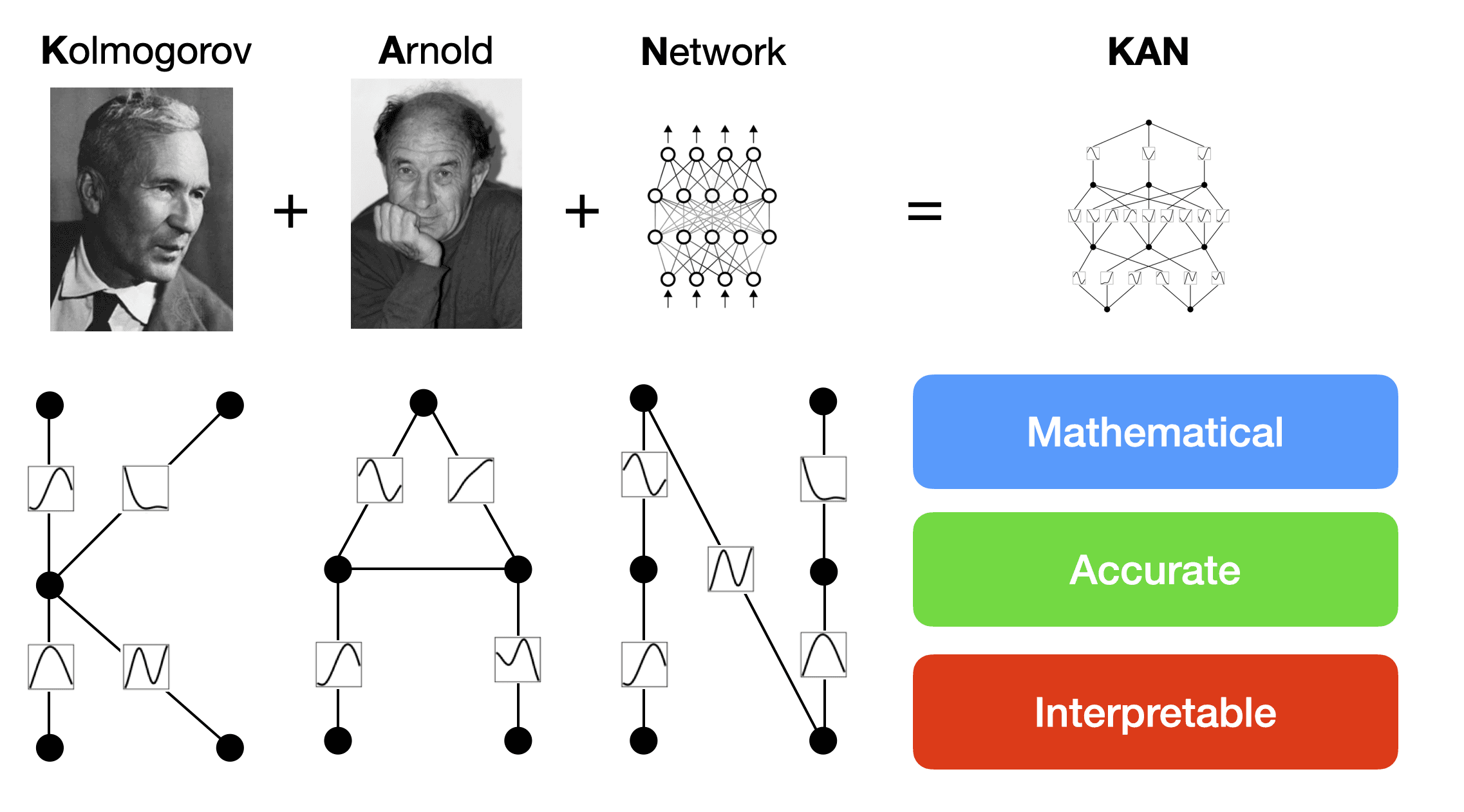
However, the new paradigm, KANs, introduces a transformative change by applying activation functions to the edges rather than the nodes, a method grounded in the Kolmogorov-Arnold representation theorem. This alteration not only increases the accuracy and efficiency of the networks but also reduces the data needed for effective training.
KANs outperform traditional models with their precision and lower parameter requirements. Their advanced capabilities extend to the independent rediscovery of fundamental laws of physics and mathematics, illustrating their potential to reach conclusions and generate insights far beyond the current capabilities of models like ChatGPT. Furthermore, KANs ensure complete traceability within their processes, allowing for unprecedented control and understanding of each step in the neural network's thinking process.
Unlike their predecessors, KANs do not suffer from information degradation over time, maintaining a consistent performance level that does not diminish as they operate. The design of KANs also emphasizes interpretability and interactivity, offering intuitive visualizations that make complex processes understandable and potentially paving the way for discovering new scientific laws.
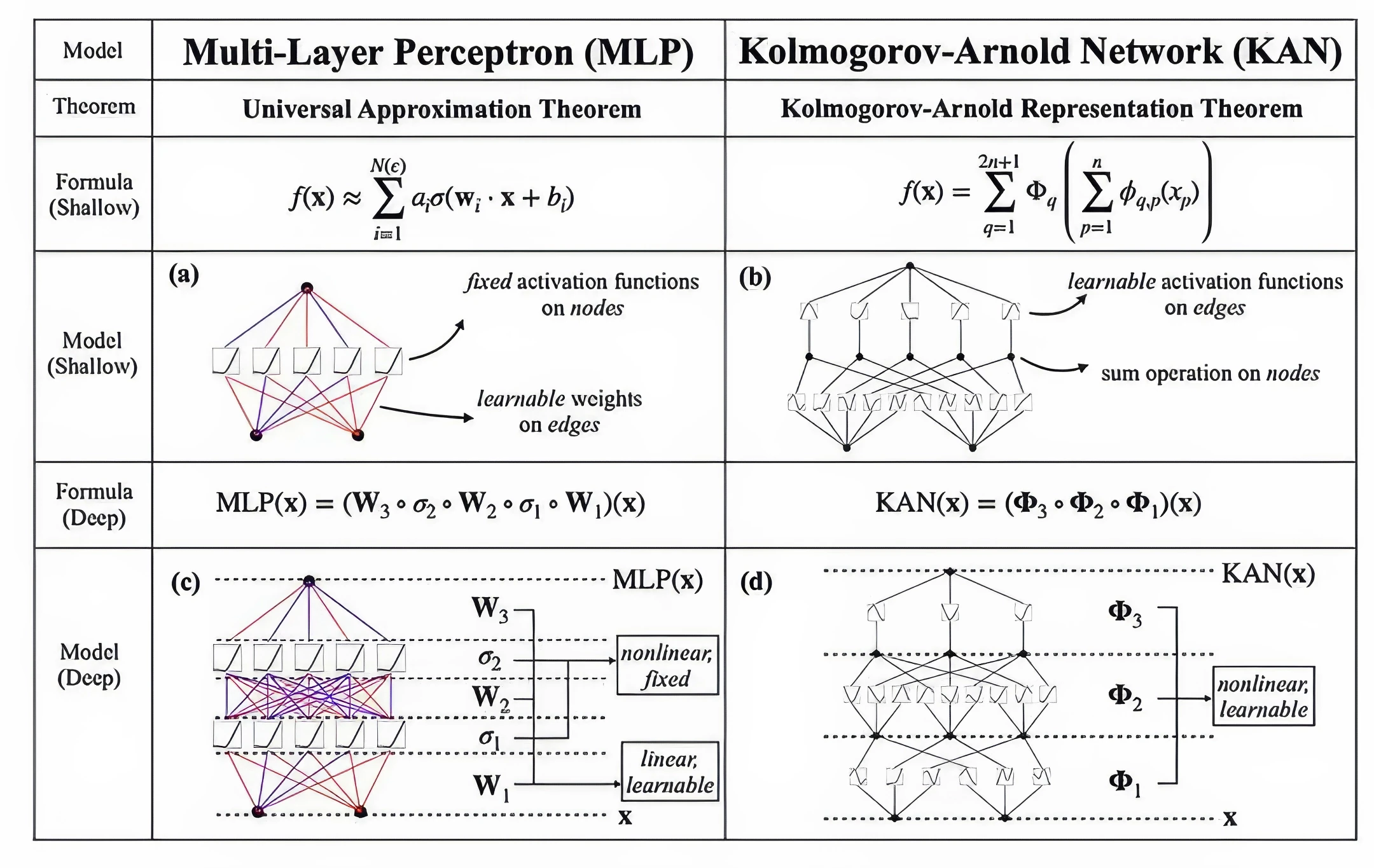
As we stand on the brink of this AI revolution, KANs not only highlight the leaps made in machine learning but also hint at a future where AI can operate with an autonomy that mimics true intellectual comprehension. This development promises to fuel further innovations and potentially revolutionize our understanding of both artificial intelligence and the broader landscape of technology.
Content
